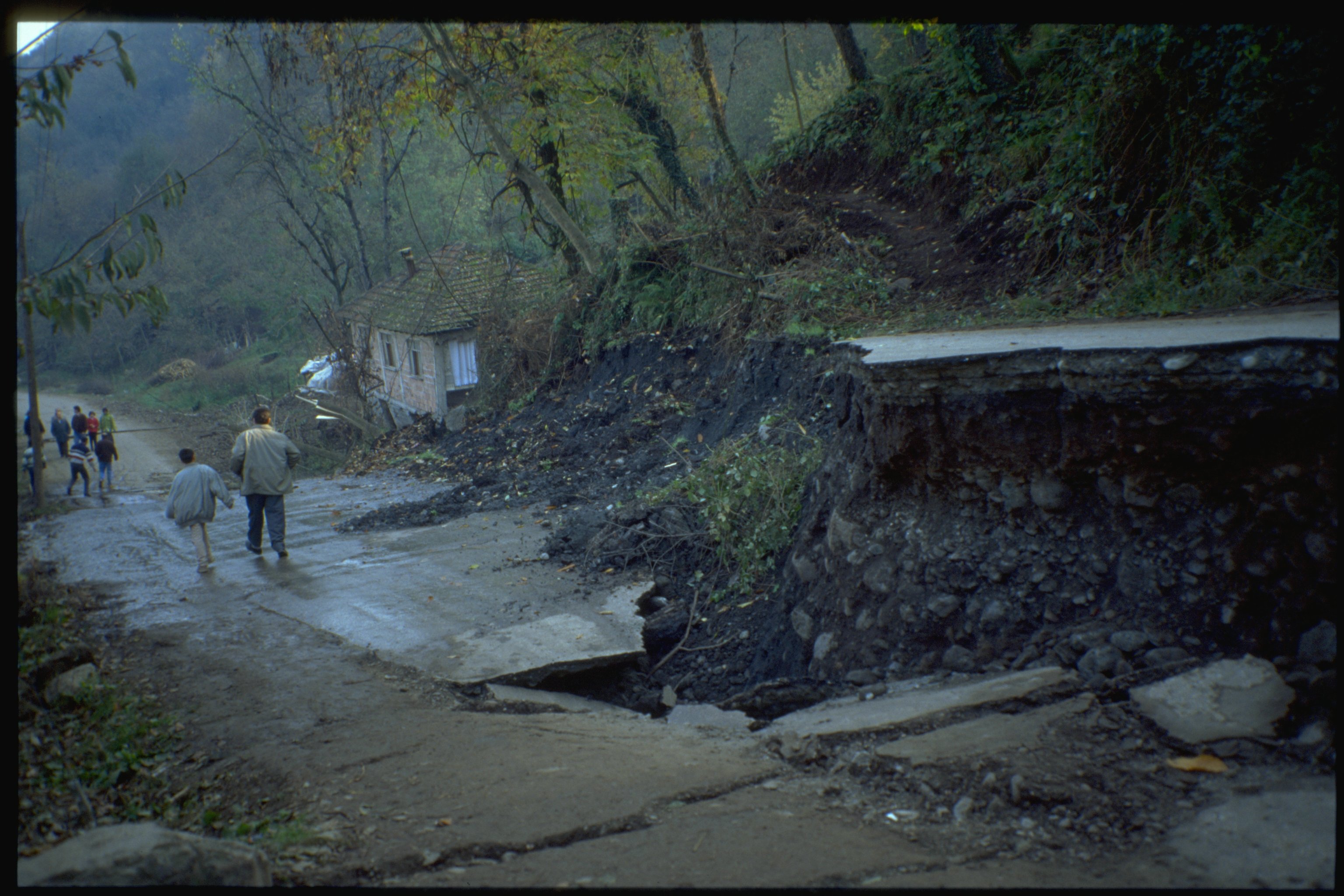All Categories
Featured
Table of Contents
- – How To Become A Geophysicist in Neerabup Aust...
- – Geophysical Survey Services in Casaurina Aus...
- – Geophysical Surveying - Methods And Applicat...
- – Geophysicist in Cooloongu Oz 2022
- – What Does A Geologist Do? in Caversham WA 2...
- – Geoscientists : Occupational Outlook Handb...
- – Geophysicist in Queens Park WA 2022
How To Become A Geophysicist in Neerabup Australia 2022
(2004 ). 2011. 2011.
Bozorgnia, Yousef; Bertero, Vitelmo V. (2004 ).; Grenier, Emmanuel (2006 ). Mathematical geophysics: an intro to turning fluids and the Navier-Stokes equations.
( 2001 ). Dynamic Earth: Plates, Plumes and Mantle Convection. Cambridge University Press. ISBN 0-521-59067-1. Dewey, James; Byerly, Perry (1969 ). "The Early History of Seismometry (to 1900)". Bulletin of the Seismological Society of America. 59 (1 ): 183227. Archived from the original on 23 November 2011. Defense Mapping Agency (1984 ). (Technical report).
Geophysical Survey Services in Casaurina Aus 2023
Recovered 30 September 2011. Eratosthenes (2010 ). For Space Research.
Retrieved 30 September 2011. Hardy, Shaun J.; Goodman, Roy E. (2005 ). "Web resources in the history of geophysics". American Geophysical Union. Archived from the original on 27 April 2013. Recovered 30 September 2011. Harrison, R. G.; Carslaw, K. S. (2003 ). "Ion-aerosol-cloud procedures in the lower atmosphere". 41 (3 ): 1012. Bibcode:2003 Rv, Geo..41.
doi:10. 1029/2002RG000114. S2CID 123305218. Kivelson, Margaret G.; Russell, Christopher T. (1995 ). Intro to Area Physics. Cambridge University Press. ISBN 978-0-521-45714-9. Lanzerotti, Louis J.; Gregori, Giovanni P. (1986 ). "Telluric currents: the natural surroundings and interactions with man-made systems". In Geophysics Study Committee; Geophysics Research Study Online Forum; Commission on Physical Sciences, Mathematics and Resources; National Research Council (eds.).
Geophysical Surveying - Methods And Applications in Hillarys Aus 2023
Lowrie, William (2004 ). Merrill, Ronald T.; Mc, Elhinny, Michael W.; Mc, Fadden, Phillip L. (1998 ). International Geophysics Series.
They likewise research study changes in its resources to offer guidance in conference human needs, such as for water, and to predict geological threats and threats. Geoscientists use a variety of tools in their work. In the field, they may utilize a hammer and chisel to collect rock samples or ground-penetrating radar equipment to look for minerals.
They likewise may use remote picking up equipment to collect information, in addition to geographic information systems (GIS) and modeling software to examine the data gathered. Geoscientists may monitor the work of service technicians and coordinate deal with other scientists, both in the field and in the laboratory. As geological challenges increase, geoscientists might choose to work as generalists.
Geophysicist in Cooloongu Oz 2022
The following are examples of kinds of geoscientists: geologists study how repercussions of human activity, such as pollution and waste management, affect the quality of the Earth's air, soil, and water. They also might work to solve problems related to natural hazards, such as flooding and erosion. study the products, processes, and history of the Earth.
There are subgroups of geologists as well, such as stratigraphers, who study stratified rock, and mineralogists, who study the structure and composition of minerals. study the motion and circulation of ocean waters; the physical and chemical residential or commercial properties of the oceans; and the methods these residential or commercial properties impact seaside areas, environment, and weather condition.
They also research changes in its resources to provide assistance in conference human needs, such as for water, and to anticipate geological dangers and risks. Geoscientists utilize a variety of tools in their work. In the field, they may utilize a hammer and chisel to gather rock samples or ground-penetrating radar devices to look for minerals.
What Does A Geologist Do? in Caversham WA 2022


They likewise might use remote picking up devices to collect information, as well as geographical information systems (GIS) and modeling software to analyze the data collected. Geoscientists might monitor the work of professionals and coordinate work with other scientists, both in the field and in the laboratory. As geological obstacles increase, geoscientists may opt to work as generalists.
The following are examples of types of geoscientists: geologists study how consequences of human activity, such as contamination and waste management, affect the quality of the Earth's air, soil, and water. They likewise may work to resolve issues related to natural hazards, such as flooding and erosion. study the products, procedures, and history of the Earth.
There are subgroups of geologists also, such as stratigraphers, who study stratified rock, and mineralogists, who study the structure and structure of minerals. study the movement and blood circulation of ocean waters; the physical and chemical properties of the oceans; and the ways these properties affect seaside areas, climate, and weather condition.
Geoscientists : Occupational Outlook Handbook in Australia 2023
They likewise research changes in its resources to offer assistance in meeting human demands, such as for water, and to forecast geological risks and hazards. Geoscientists utilize a variety of tools in their work. In the field, they might use a hammer and chisel to gather rock samples or ground-penetrating radar equipment to look for minerals.
They also might use remote sensing devices to gather data, as well as geographical details systems (GIS) and modeling software to evaluate the information gathered. Geoscientists may monitor the work of specialists and coordinate work with other scientists, both in the field and in the laboratory. As geological difficulties increase, geoscientists might opt to work as generalists.
The following are examples of types of geoscientists: geologists study how consequences of human activity, such as contamination and waste management, affect the quality of the Earth's air, soil, and water. They likewise might work to solve problems related to natural dangers, such as flooding and erosion. study the products, processes, and history of the Earth.
Geophysicist in Queens Park WA 2022
There are subgroups of geologists as well, such as stratigraphers, who study stratified rock, and mineralogists, who study the structure and composition of minerals. study the motion and blood circulation of ocean waters; the physical and chemical properties of the oceans; and the ways these residential or commercial properties impact seaside areas, environment, and weather.
Table of Contents
- – How To Become A Geophysicist in Neerabup Aust...
- – Geophysical Survey Services in Casaurina Aus...
- – Geophysical Surveying - Methods And Applicat...
- – Geophysicist in Cooloongu Oz 2022
- – What Does A Geologist Do? in Caversham WA 2...
- – Geoscientists : Occupational Outlook Handb...
- – Geophysicist in Queens Park WA 2022
Latest Posts
How To Become A Geophysicist in Mount Claremont Oz 2023
Geophysical Survey Next Step In Carbon Storage Study in Brookdale Western Australia 2023
Geophysical Investigations in Calista Western Australia 2022
More
Latest Posts
How To Become A Geophysicist in Mount Claremont Oz 2023
Geophysical Survey Next Step In Carbon Storage Study in Brookdale Western Australia 2023
Geophysical Investigations in Calista Western Australia 2022